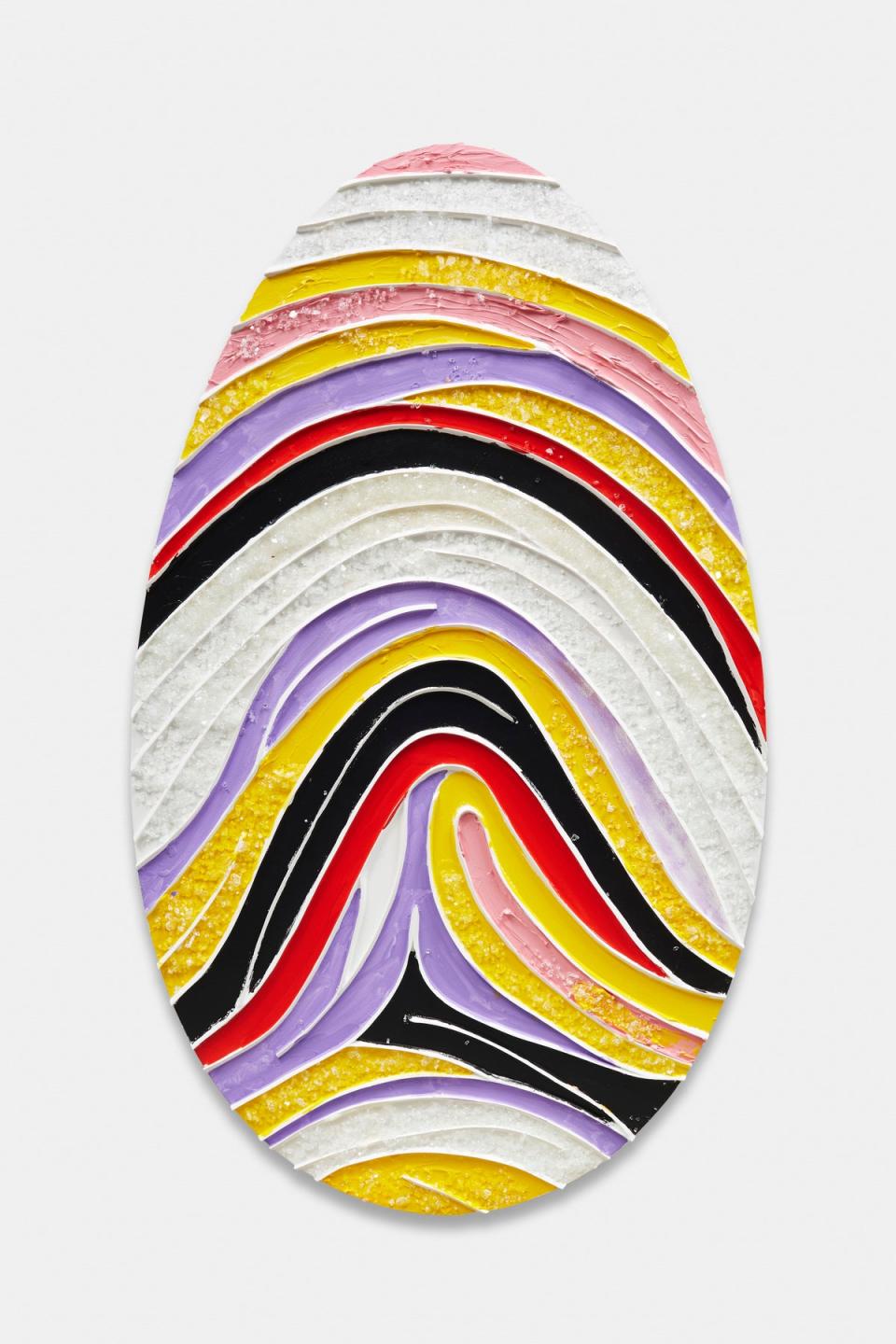This week, a groundbreaking new exhibition opens that aims to change perceptions of homelessness through art, in what one curator calls an “exercise in empathy.”
Homelessness: Reframed opens to the public on Wednesday at the Saatchi Gallery in Chelsea. It was created in partnership with Prince William’s Homewards programme, the Eleven Eleven Foundation and Saatchi.
The show features established artists alongside emerging stars, some of whom have been homeless themselves.
Paul Foster, director of the Saatchi Gallery, said: “It shows that contemporary art can be relevant, and can carry power and importance. The idea of making an exhibition as part of the way of addressing the issue was interesting… that an exhibition can get tens of thousands of people to look at homelessness in a fresh way.”
It’s a powerful way to look at the problem, Foster says, because “artwork gives people insight into an experience they haven’t had themselves. So the work itself is engaging, stimulating and informative.”
“We also wanted to convey the idea that we shouldn’t write off the homeless, but that there is creativity, intelligence and expression waiting to be demonstrated.”

There are 13 commissioned artists. “We worked hard to make sure that the voices of the artists and the subjects are heard in the pictures and the works on the walls,” says the Saatchi director. “We wanted a show where there were no egos. Everyone was focused on the subject and thankfully everyone approached it with a positive, can-do attitude. It’s going to be an interesting, lively show.”
Artists Mark Quinn, Rankin, Philip Colbert and Simone Brewster are featured alongside graffiti artist Opake, spoken word poet Surfing Sofas, mixed media artist Robi Walters and more. “We didn’t want it to be a bunch of established artists coming from above. We wanted it to be a good mix,” says Foster.
The exhibition is divided into three parts. The first part, curated by Wendy Abrams, co-founder and CEO of Eleven Eleven—a private family foundation focused on sustainability, medical research, and social justice—features a collection of signs created by homeless people. The signs range from shame and desperation to humor and resilience. They’re often ignored on the streets, but by placing them in a gallery space, viewers are encouraged to connect with them.
Abrams says, “Homelessness is a heartbreaking and complicated issue. Art has the power to make you think, and this exhibition is curated to do just that. The exhibition is intended as an ‘exercise in empathy,’ allowing visitors to see things they may not have seen before, or see them through a different lens.”
The second part asked artists to create work that reflected their own experiences of homelessness or those of others. Mark Quinn’s labyrinth uses the fingerprint of writer and director Lorna Tucker, who was homeless for many years.
Opake’s sculptures and paintings deal with addiction and recovery, while David Tovey transformed the Peugeot 206 he lived in into a hand-welded sculpture of a house.
“This piece combines a lot of connections to my life, including my time in the military and my experiences with homelessness,” says Tovey.


“This piece is deeply connected to my life. It contains elements from my time in the car, such as folded clothes and bedding. It is a representation of my journey and the hardships I endured, but also the safety and security the car provided during a very difficult time.”
The final section features artwork by children and youth from the six Homewards locations. Created in collaboration with local artists, the artwork symbolizes the different ways to end homelessness, as well as stories of hope and resilience.
In the UK, there are over 300,000 people – almost half of whom are children – who are homeless. This exhibition aims to highlight the crisis and also highlight different forms of homelessness – from sleeping on the couch to sleeping on the streets and living in temporary accommodation or hostels.
Amanda Berry, Chief Executive of the Royal Foundation, said: “The exhibition underlines Homewards’ and The Royal Foundation’s commitment to challenging long-held perceptions around homelessness. By providing a platform for people with lived experience, we hope to change the narrative and show that homelessness is not an inevitable part of society.”
Research by Homewards partners found that many people in Britain are unaware of the reality of the problem. Prince William and the Royal Foundation set up the organisation in 2003, with the aim of demonstrating inventive ways to prevent and end homelessness.
“There are multiple stories about different forms of homelessness. The classic stereotype is someone on the street, with a sign, begging for money. This exhibition taught me that there are so many different forms of homelessness. That it spans all different walks of life,” Foster says.
“We’re just a few steps away from homelessness. Maybe not on the streets, but maybe sleeping on the couch. When a marriage breaks up or a family breaks up or there’s a death or some kind of mental health crisis or physical health crisis, our comfortable lives can be turned upside down. That happens to people routinely, probably more so because it’s harder to get a house than it was 10 or 20 years ago. We all need to think about this very carefully and deeply.”
The involvement of Prince William and the Royal Foundation has given the project momentum, says Foster. “We’ve focused on what the exhibition is trying to achieve, how we work with the artist to achieve this. How we tell these important stories. The Royal Foundation has focused on the same thing and has been supportive.
He adds: “It’s great that this is happening. And if it helps validate visual art as an important medium in the modern world, I’m all for it.”
Saatchi Gallery, August 7 to September 20; saatchigallery.com